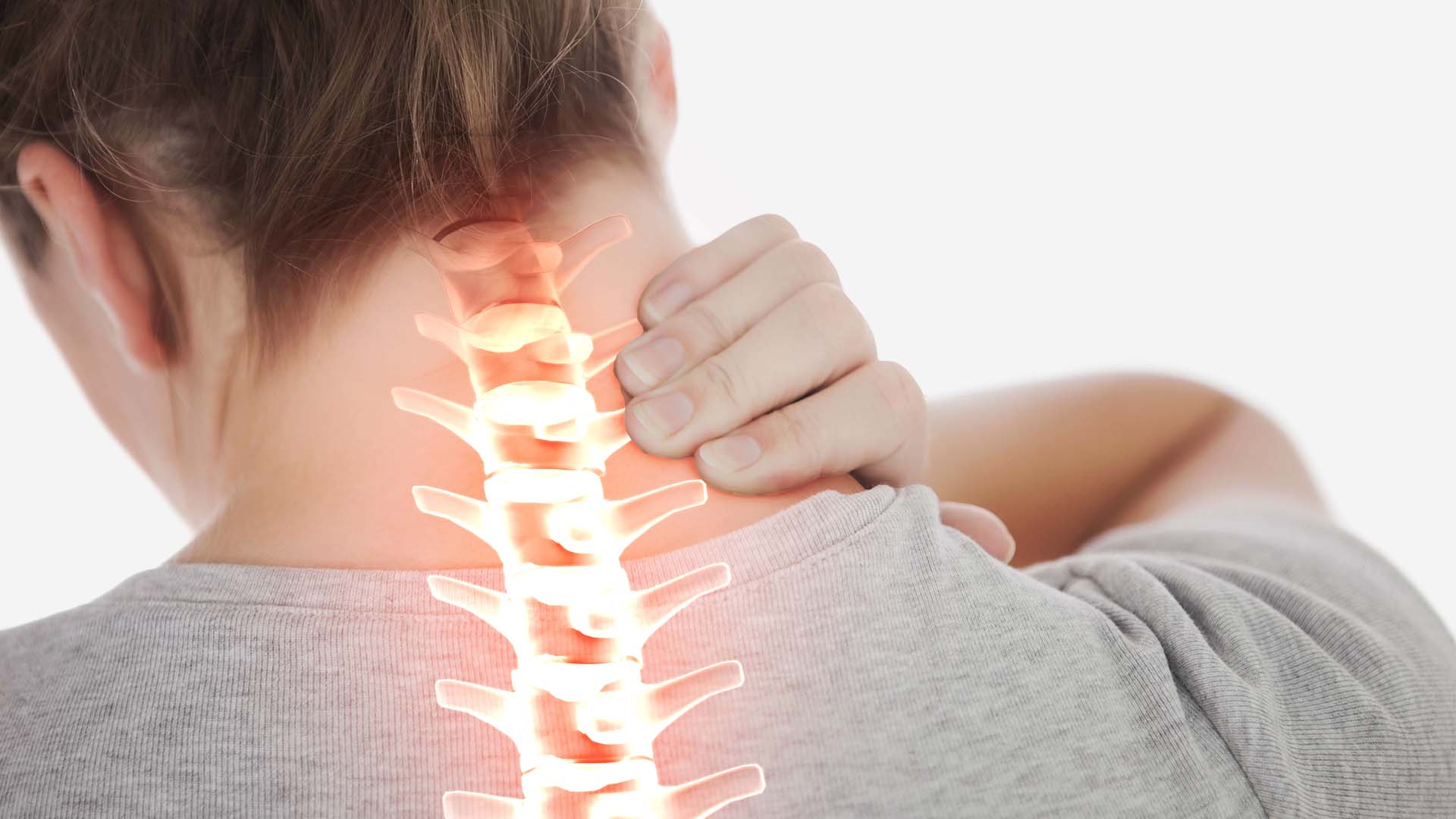The spine consists of bones called “vertebra.” The disks situated between those bones prevent overloading of the spine and facilitate movement. Our necks have seven vertebrae; between them lies five disks. The disks contain a liquid called “gelatinase.” However, wear and loss of function may occur on the disks due to traumas, strains, longer periods of immobility, and old age. The outer layers of the disks may tear or wear out which allows the liquid material contained within the disk – gelatinase to leak through the nerves or the spaces between the vertebrae. This clinical condition is called cervical disk hernia. One of the primary causes of the cervical disk hernia is longer periods of immobility of the neck. Especially those spending too much time in front of a computer or TV are in
high-risk category in terms of developing this condition. Also, lack of exercise or spending too much time in a room with an air conditioner is among the primary causes of the cervical disk hernia.

How to Treat Cervical Disk Hernia?
A good treatment is possible with a correct diagnosis. So, the patient’s medical history the first thing to consider during the examination. The severity of the patient’s complaints as well as t he potential treatment methods are identified by the doctor based on the discussions with the patient. Then, the patient will be medically examined.
The movement limitations, as well as the problems associated with balance and pain are closely monitored. In the meantime, the doctor will study the symptoms such as muscle weakness, loss of sensation, and loss of reflexes in extreme cases. Usually, a x-ray scan is required to diagnose a person with the cervical disk hernia. This procedure enables the doctor to rule out the problems such as infections. Also, CT scans and MRI’s may be useful to identify the location, severity of the cervical disk hernia, as well as the impact rate suffered by the patient.
Non-surgical Treatments
Most cases of the cervical disk hernia does not require surgery. A series of non-surgical treatment methods are available to reduce the symptoms. Accordingly relaxants, anti-inflammatory and narcotic painkillers may be prescribed to the patient in order to reduce the pain. Also, light massages, neck supporters or physical treatment methods – such as stretching are among the available non-surgical treatments.
Surgical Treatment
In case of failure to treat cervical disk hernia with the non-surgical treatment methods, frontal discectomy is the most common surgical option. The fundamental purpose of this procedure is to remove the damaged disk in part or as whole to reduce the pressure on the nerve roots and the spinal cord. Today, the damaged disks are surgically removed and replaced with prosthesis. However, the prosthesis is not a method that can be applied to all patients. In the recent years, our clinic has also started to offer endoscopic discectomy and de-compression surgeries.




